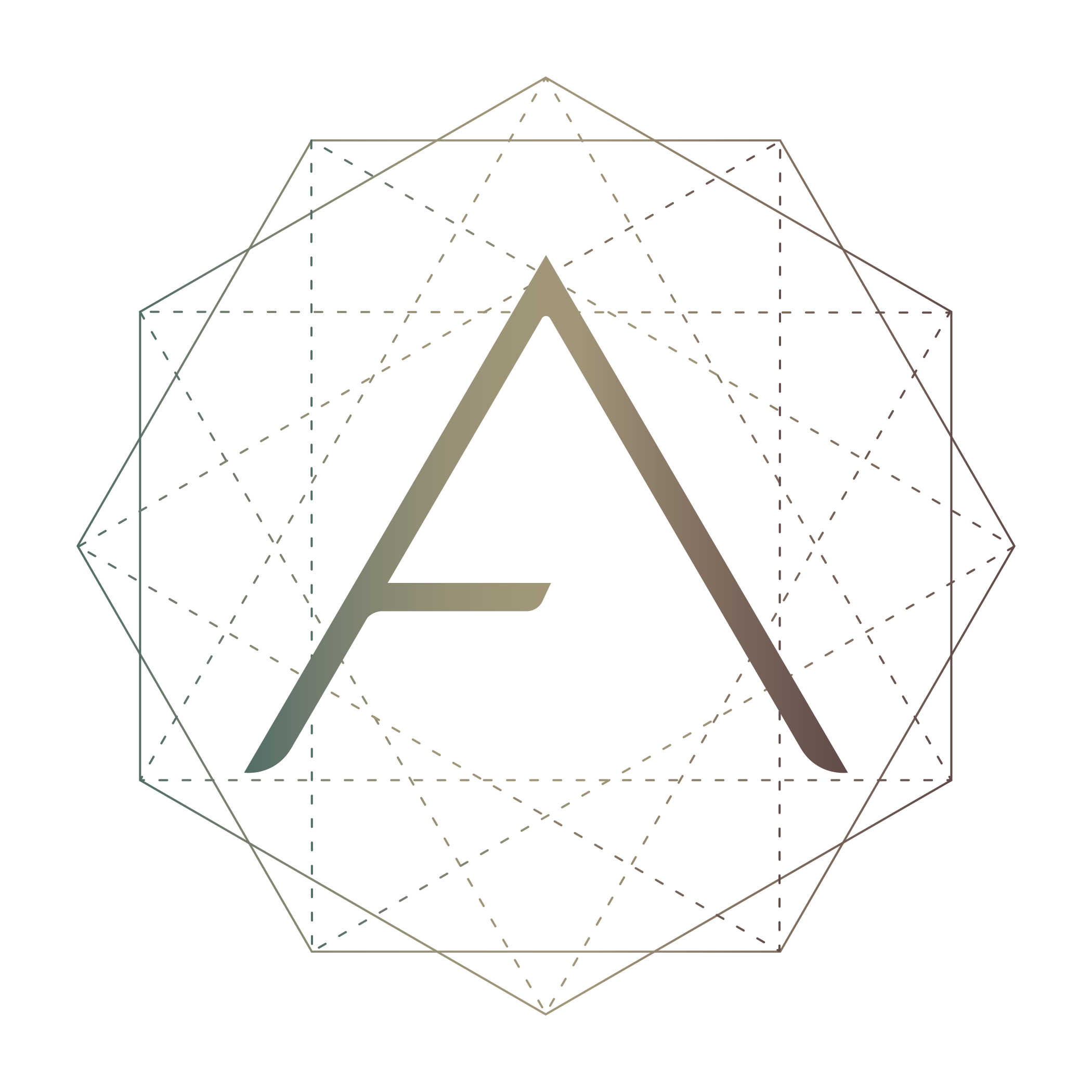Anatha is building a system that disintermediates the existing social and financial infrastructure by creating decentralized applications for individuals that generate the same value we see today from the world’s largest corporations—only, in our system, that value flows automatically and continuously to the community rather than to corporate owners.
Decentralization to Re-Craft Civilization
Anatha is an ethos-driven decentralized technology company. We believe decentralization and cryptocurrency have the power to re-craft civilization by pointing the tremendous value unleashed by the information economy towards fundamental structural problems such as global poverty.
That is, rather than having all our information, attention, and engagement on the internet generating value for a few execs, we’ve created a network in which all that value flows to the people whose information, attention, and engagement it is — that is, to you.
If we can plug everyone in the world into such a system, we can eliminate global poverty. After all, in today’s world, each of us is a veritable regenerative oil well, generating and regenerating value — only we don’t see any of it. The top of centralized corporations extract that value for themselves. Cryptocurrency and decentralization, however, allow us to point that value at individuals, automatically and continuously, at near-zero marginal costs.
That is exactly what Anatha is doing: disintermediating the existing social and financial infrastructure by creating decentralized applications for individuals that generate the same value we see today — only, in our system, that value flows automatically to individuals in the community rather than to a corporation’s owners.
What is Anatha?
Technically, Anatha is a network (blockchain built using Cosmos/Tendermint), a nexus (application layer), and token (ANATHA). Here’s how they work together to create a new economy.
The Network: A Blockchain That Returns Value to Its Participants
The heart of Anatha is an economic mechanism, hard coded into the protocol layer of its blockchain, that distributes value generated on its network — through a series of financial and social services — automatically and continuously to the people who create the value, namely, network participants (what are called “end users” but we find reducing people to “users” is part of the extractive socio-economic system we presently live in).
This value includes 50% of the inflation model. So rather than newly minted tokens going exclusively to validators and miners, 50% flows to the main economic distribution mechanism.
We call this the Anatha Torus. (A torus is a moving shape in which the movement out of the system returns back to the system, continuously). Our goal is to create a regenerative, bottom-up universal basic income that can lift all participants above the global poverty line.
The Token: ANATHA, an Access and Rewards Token
Today, the numbers are staggering: over 1.7B people have no access to banking — no way to receive or send money, to store it, to earn interest. And over 3B people live on less than $2.50 a day. From an economic perspective, as well as an ethical one, leaving this number of people outside an economy is unhealthy for everyone — all those wasted inputs, all that creativity lost.
We believe the best way to thrive, economically and culturally, is to give money away — to build an economy based on the abundance of information rather than the zero-sum scarcity of petrol and precious metals. If everyone prospers, we all prosper.
Why Do This? Why Return Your Money to the Community?
Right now, all this new value goes to a few owners of large businesses—even though it’s all of us who actually create the majority of that value. Sure, these companies built the platforms. But after their return on investment, why do they continue to extract so much wealth from us and keep it for themselves? Yes, it costs money to maintain—but not that much!
Imagine now a social network that is “owned” by its participants. Imagine doing all the things you do on Facebook, LinkedIn, Twitter and rather than all the revenue generated by your information and behavior going to execs, it goes automatically and immediately to you. That’s impossibly expensive in the present banking system—but it’s easy with crypto and its smart contracts.
Now imagine this with ride sharing, house sharing, banking: why are those organizations extracting all the revenue for themselves when we’re the ones creating that value?
So, thanks to crypto and decentralization, we can eliminate the tops of these information based organizations and distribute all that value continuously to the very people creating the value—you and me.
This is how we finally enter the real Information Age—by creating an Information Resource Economy. And that, alas, is what crypto is all about. It’s not a fad: it’s the future happening now. It’s inevitable. So the question is: do you fight a futile battle with it? Or do you take advantage of this historical moment and help reorganize civilization as all this value is unleashed?
Technical Q&A
What is the Anatha network built on?
Cosmos/Tendermint with our own SDK.
What does the Anatha Nexus (our desktop and mobile app) do?
Anatha Nexus is a desktop and mobile application that acts as an interface to our blockchain and its economic mechanism. Right now, it has an omniwallet that presently supports 12 tokens but we will be adding more.
Over time, we will be layering on more and more features — which is why we call it a nexus: a decentralized exchange, messaging, social networking, content sharing, and more. Think of it as WeChat in reverse: rather than beginning with social then layering in finance, we are beginning with finance and layering in social to create a thriving regenerative economy.
What is the main innovation of Anatha?
The main innovation of Anatha is also the core of our system: an economic mechanism that continuously returns value generated on the network, including 50% of the inflation model, to participants. We call this the Anatha Torus. No project today distributes its inflation to end users — not at this percentage.
And unlike other networks, the Anatha governance module — to be launched later this year — lets the community decide on the network’s inflation and distribution model.
We also created a simple human readable address system that lets people use an @name (an HRA or human readable address) to send and receive any of the tokens we support. This protocol has an open API that lets any system or network access it.
How are people in the Anatha system able to earn more ANATHA, as you’ve stated?
At the core of the Anatha network is a hard coded mechanism we call the Anatha Torus that automatically returns value generated on the network to those participants who hold an HRA (an @name). This value comes predominantly from two sources right now:
→ HRA subscriptions. One ANATHA = One year subscription. All of this “revenue” goes into the Anatha Torus.
→ Our inflation model: 50% of all newly minted tokens goes into the Anatha Torus (the other 50% goes to the validator pool). The inflation model is 1% a year for over 7.9B ANATHA tokens.
→ Over time, there will be more sources of value generated by participant activity — from information, attention, and engagement coming from social networking, an ad engine, financial services.
→ The Anatha Nexus also features Savings, a way to easily stake ANATHA. You can put as much as you want into Savings and take it out any time you want.
What is the UBI (universal basic income) you mention in your materials?
Our model is actually quite simple. Rather than extracting the revenue created on our platform and keeping it for ourselves, the system automatically distributes 50% of all revenue, as well as 25% of inflation, to all HRA holders. Imagine using Facebook, Twitter, Google, Wells Fargo and getting paid for creating, curating, and consuming content (such as ads).
This creates a continuous source of revenue for individuals. And unlike traditional UBI models, this model is not extractive — not based on taxes or extraction. Rather, it is regenerative and sustainable, generating value from the bottom-up through individual activity on the network.
How is Anatha helping end global poverty (using technology that not everyone has)?
Anatha is not an extractive system. Nor is it “philanthropy.” Our model lifts everyone equally, with the goal of raising the financial floor for all. We are partnering with organizations and nation-states to get the Anatha technology into the hands of people who are locked out of global finance. This may involve giving them free smartphones and an ISP paid for by their behavior (say, watching ads). You can read about our partnership with Gane here.
What are the plans for the future of the Anatha Nexus?
See our roadmap here. But our plans, most in development now, include messaging, two-way swaps between ANATHA and wANATHA, new tokens in the wallet, a social network, an e-commerce platform, a decentralized exchange, a dead man’s switch, and more.
We will also be fleshing out what digital personhood means. Right now, on our network it takes the registration of an HRA. We will soon layer in multiple zero-knowledge verification protocols and trust networks to create non-invasive, trustworthy digital personhood.
How do I buy ANATHA tokens?
There are two ways to buy ANATHA right now: using ETH or BTC through our sales dashboard/website (recommended!). Or you can use a credit/debit card inside our app (desktop or mobile). But please be aware: many banks and regions block cryptocurrency purchases.
Why wasn’t ANATHA on an exchange at launch?
Because we’re not selling a security; we’re selling a digital good — a token that gives you access to our HRA protocol and economic system.
And we don’t believe in a pump & dump approach. We are committed to the long term value of cryptocurrency in general and ANATHA in particular.
How can I learn more?
Watch our free 16-episode master class that walks you through why crypto matters — and how it will change everything.

DANIEL COFFEEN
Chief Communications Officer






